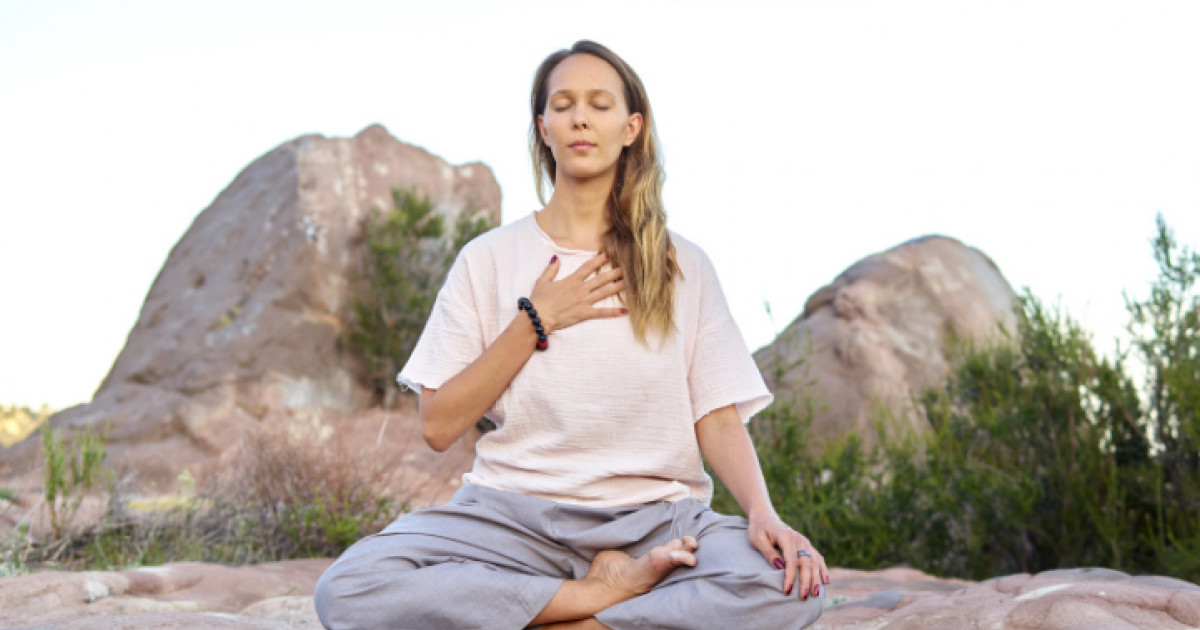Mindfulness can be an extremely effective method for relaxing. But in order to reap its full benefits, regular practice must take place.
Mindfulness techniques such as focusing on breathing, becoming aware of body sensations and meditation can be fun and engaging activities for students – for instance, The Raisin Exercise can teach students how to observe emotions and physical sensations more closely.
1. Breathing Exercises
Spending even just 1 minute each day stopping to focus on breathing deeply and bring yourself back into the present can help to relieve tension and create peace. With practice, this practice may become part of your everyday routine and become automatic.
Walking can also provide an opportunity to practice breathing exercises. Simply observe your body’s natural rhythm as you walk, paying close attention to every inhale and exhale. This mindfulness exercise can also be used to manage anger more effectively – this form of practice provides space between an immediate impulsive response and more considered responses that helps maintain an appropriate level of mindfulness which allows us to use compassion on both ourselves and others.
2. Visualization Exercises
One popular mindfulness technique involves visualizing a relaxing scene such as a beach or mountaintop to help manage anxiety. This exercise can be particularly helpful for people experiencing panic disorder.
Visualization techniques such as recalling happy memories or people can help reduce feelings of depression and isolation.
An imaginative bubble exercise can teach children to let go of negative thoughts and emotions quickly and efficiently, making this an excellent mindfulness activity to introduce meditation or relaxation techniques for beginners.
3. Journaling
Writing down their thoughts in a journal can help people remain present, slowing their brain activity and decreasing stress levels. Furthermore, journal writing allows individuals to better understand their emotions and responses so that they can respond appropriately instead of acting impulsively.
Maintaining mindfulness exercises may seem challenging at first, and you may find it easy to drift from the task at hand, but it’s essential to return without judgment. Over time, though, the habit will form and you’ll witness positive changes in your daily life.
Start slowly: two or three days per week is enough, then increase it over time. Find a quiet place where you can sit comfortably and make it part of your routine; that way, meditation won’t become something extra you have to add onto the end of each day!
4. Self-Compassion Exercises
Mindfulness can be defined as the practice of paying attention to breath, body scan, journaling or anything that engages one’s focus and brings greater awareness into one’s daily life. Use these exercises to develop regular mindfulness practice with yourself or clients and witness changes over time in behavior and mindset.
Self-compassion is an integral component of mindfulness. It enables individuals to understand that their difficult emotions are normal rather than suppressing or exaggerating them.
One way to practice self-compassion is to imagine you are speaking to a friend through a difficult situation. What words would you use to encourage them? Use those same supportive words when talking with yourself!
5. Yoga
Calming both mind and body are crucial in combatting stress. If you or someone close to you is experiencing anxiety, try mindfulness activities as a means of relieving their worries while staying present in each moment.
Meditation involves sitting quietly and focusing on breathing, thoughts or body sensations that come up as you focus. If your thoughts wander off topic, bring them back by bringing focus back onto breathing. This exercise can be practiced anywhere and should be done daily if possible – for busy schedules there is even an app offering short mindfulness meditations designed specifically for specific situations such as commuting or soothing premenstrual symptoms.
6. Meditation
Meditation is an approach to relaxation that involves practicing mindfulness and has been found beneficial for a range of conditions such as IBS, Fibromyalgia and anxiety disorders.
Meditation allows you to focus your thoughts and energy on breathing, an object or part of the body, or a mantra such as words or sounds. For best results, practice in an uninterrupted setting without distractions.
Though it can be challenging to keep your mind on task during meditation sessions, don’t give up if thoughts keep distracting you – instead gently bring your focus back to whatever object has captured your interest and focus your meditation session on that.
7. Talking to Others
Mindfulness has quickly become a buzzword, yet its practice can be tricky. Luckily, there are numerous mindfulness techniques for everyday relaxation that you can try.
One popular technique is Body Scan meditation. Requiring no props or tools and easily done anywhere, its facilitator guides participants to examine their bodies systematically for sensations such as pain or tension.
Box breathing, also known as four-square breathing, is another fantastic mindfulness exercise. It entails taking deep, full breaths in order to calm the nervous system. Box breathing has also proven effective as part of Dialectical Behavior Therapy for treating borderline personality disorder.
8. Laughter
Laughter yoga (laughter meditation) is an effective mindfulness technique that relies on laughter as a form of connection to the present moment. This form of meditation may also incorporate breathing and body exercises for optimal results.
Start by becoming aware of the physical sensation of breathing. Next, slowly examine each area of your body from feet upward, beginning with your groin and moving upward to abdomen, chest, shoulders, arms hands neck face etc.
9. Self-Reflection
Mindfulness is a mental technique designed to keep one in the present moment, helping reduce anxiety by keeping you from worrying about future events or dwelling on past ones.
Self-reflection can be an extremely helpful mindfulness technique, allowing you to assess your strengths and weaknesses as well as any behaviors or beliefs which need changing.
People often assume that mindfulness involves sitting cross-legged with eyes closed; however, mindfulness can actually be practiced while doing other activities such as walking, yoga or repeating a mantra.




